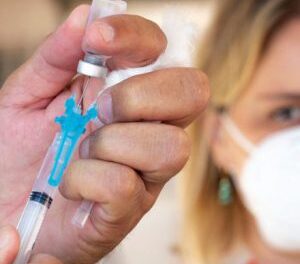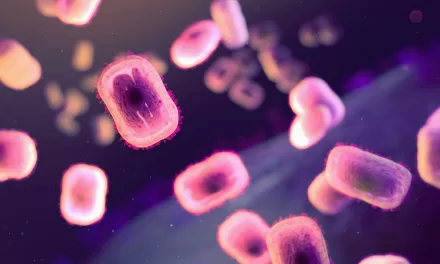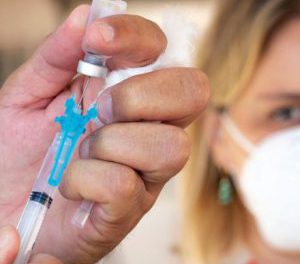CLEVELAND—A groundbreaking study from Cleveland Clinic has upended the long-standing belief that the urinary tract is sterile. Researchers, led by Aaron Miller, PhD, and José Agudelo, MD, have identified a stable kidney microbiome that plays a role in kidney health and stone formation. The findings, published in Nature Communications, could have significant implications for nephrology, urology, and infectious disease management.
The Urinary Tract is Not Sterile
For decades, medical textbooks described the urinary tract as a sterile environment. However, Miller and Agudelo’s study confirms the presence of naturally occurring bacterial communities in the kidneys, even in individuals without urological conditions. To be classified as a true microbiome, these bacteria must exhibit stability, consistency, and metabolic activity—criteria that the research team successfully demonstrated.
The study suggests that bacteria in the kidneys are not merely transient or associated with disease but are part of a stable microbial ecosystem that can respond to antibiotics and influence kidney stone formation.
Clinical Implications of the Kidney Microbiome
Dr. Julia Weinmann-Menke, director of the Clinic for Nephrology, Rheumatology, and Kidney Transplantation at the University Medical Center Mainz in Germany, acknowledged the study’s significance. “The findings—that there is a specific kidney microbiome and that certain bacteria play a role—are certainly interesting and should be further investigated and considered in clinical practice,” she said.
However, she emphasized that the findings do not alter the clinical approach to acute infections. “This study does not change how we treat infections. Antibiotics remain essential when clinical symptoms of a urinary tract infection, kidney infection, or sepsis are present,” she added.
Bacterial Influence on Kidney Stone Formation
To explore the microbiome’s role in kidney stone formation, the researchers cultured bacteria in specialized chambers that mimic kidney conditions. When calcium and oxalate—key components of kidney stones—were introduced, different bacteria exhibited distinct effects.
The uroprotective bacterium Lactobacillus crispatus prevented kidney stone formation, while a strain of Escherichia coli promoted the crystallization of calcium oxalate (CaOx) stones. Notably, in chambers containing E. coli, large, stone-like crystals formed, which were chemically identical to human kidney stones. In contrast, L. crispatus environments remained free of stone formation.
The study also linked excessive antibiotic use to an increased risk of kidney stones, as antibiotics disrupted the balance between protective and harmful bacteria. This finding aligns with previous research suggesting that gut and urinary microbiome imbalances contribute to kidney stone development.
Broader Impact on Kidney Diseases
Beyond kidney stones, Miller and his team are investigating whether the kidney microbiome influences other kidney diseases. They have applied for funding to examine genetic factors affecting the kidney microbiome across different ethnic groups.
“If bacteria in the urinary tract influence kidney stone formation, they likely play a role in other kidney diseases as well,” Miller stated. He urged the medical community to move beyond outdated assumptions of urinary tract sterility, advocating for new diagnostic and therapeutic approaches.
Future Therapeutic Opportunities
The findings open new possibilities for microbiome-targeted treatments. Antibiotics could potentially be used to regulate specific bacterial enzymes, thereby influencing kidney stone formation. “This could be leveraged therapeutically, particularly in patients prone to calcium oxalate stones,” Weinmann-Menke suggested.
This research challenges traditional views of urinary tract sterility and highlights the need for further studies on microbiome-based treatments in nephrology and urology.
Disclaimer:
The findings presented in this article are based on scientific research and are intended for informational purposes only. They do not constitute medical advice. Patients should consult their healthcare providers before making any changes to their treatment plans.












